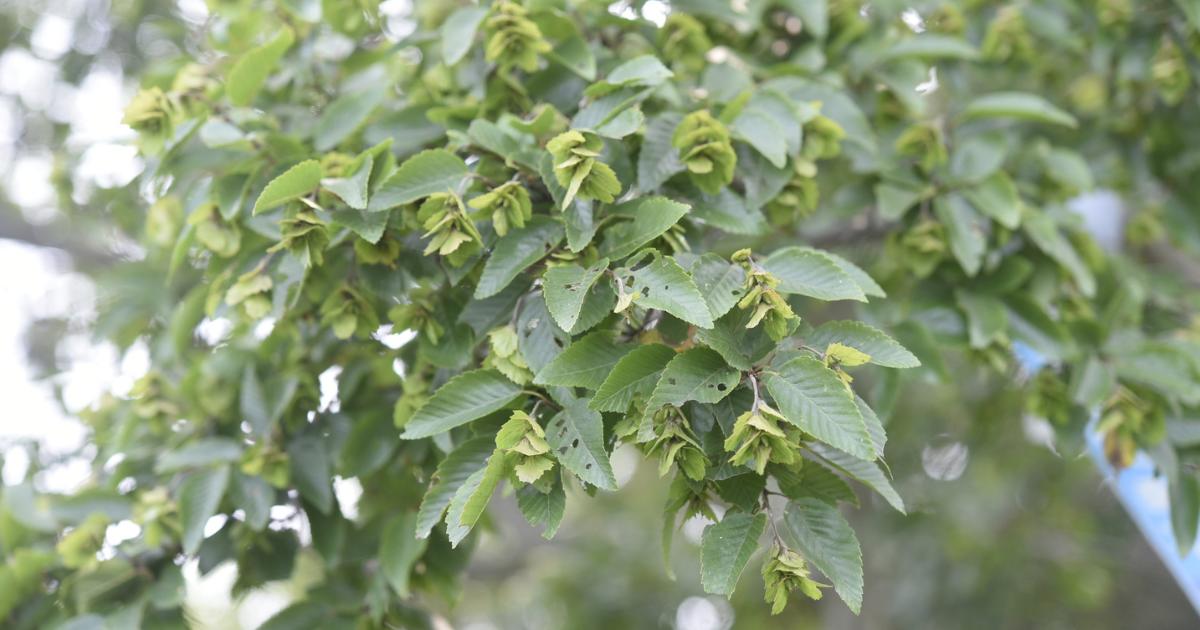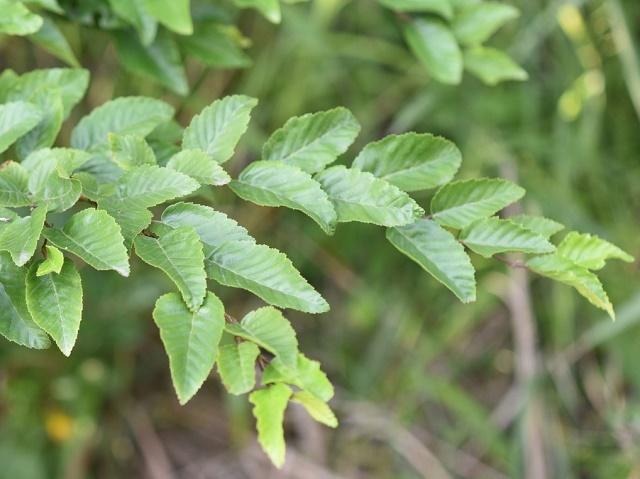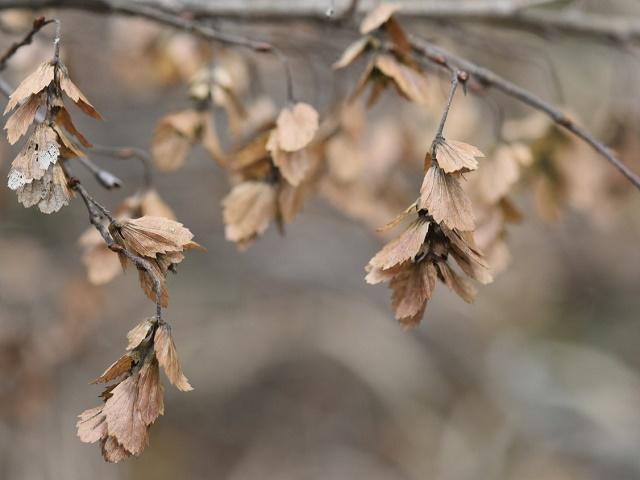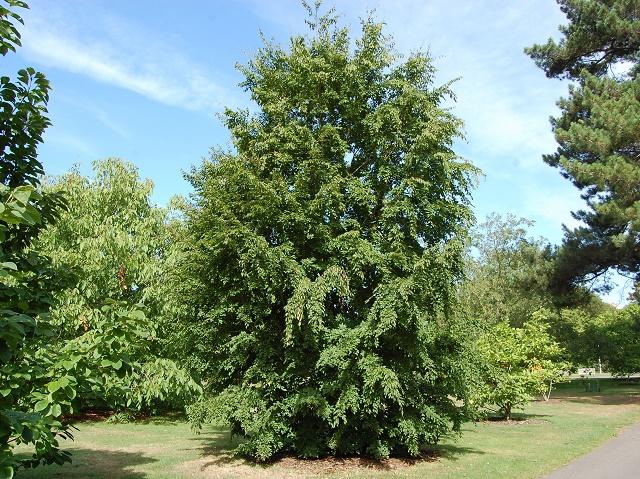Characteristics of Korean Hornbeam (Carpinus turczaninovii)

Korean hornbeam (Carpinus turczaninovii) is a deciduous tree in the Betulaceae family native to central China, the Korean Peninsula, and central and southern Japan.
In Mainland China, Carpinus turczaninovii is known as 穗子榆 or 岩四手 and can be found in areas from 500 to 2,000 m above sea level, mostly on mountain peaks, hillsides, forest valleys and barren hillsides.
In Japan, Carpinus turczaninovii is known as イワシデ, and in Korea it is known as 소사나무.
This tree has many trunks and branches with dense to rounded shapes, drooping maroon twigs and small leaves.
The tree has many short, zig zagging brown to maroon trunks with short shoots spaced between them. The branches are pendulous and the leaves are small. Because of its characteristics, Korean hornbeam is widely used as a bonsai and penjing specimen.
Characteristics of Korean Hornbeam Leaves

Small, simple, alternate, ovate, scalloped, dark green above, lighter below with 10-12 pairs of deep veins, the hair below is burgandy.
Characteristics of the Korean Hornbeam Flower

The flowers are yellow, male and female flowers in catkins that appear in mid spring.
Characteristics of Korean Hornbeam Fruit

The overlapping bracts form a thin stalked catkin about 1 inch long.
Characteristics of the Korean Hornbeam Tree

Carpinus turczaninovii grows as a large shrub or small tree up to 5-6 meters tall and with a canopy width of around 3-4 meters. This tree is hardy to USDA zones 5a, 5b, 6a, 6b, 7a, 7b. It can also handle large pruning.
Korean hornbeam is tolerant of drought, wind and urban conditions. It grows optimally in full sun to partial shade and tolerates a wide range of soils although it prefers loamy soil.
Korean hornbeam is often grown as a specimen in Asian theme gardens and used as a bonsai. When planted in a garden, this tree is usually adjacent to maple trees to bring out the color contrast in autumn.
Carpinus turczaninovii or Korean hornbeam is available from commercial plant suppliers and is more commonly found in bonsai nurseries.
Leave a Reply